SC
TPF Noob!
In October I will take a trip to the mountains, hoping to get some shots of the leaves changing, and some wildlife. I have never used slide film, but the advantages of Velvia for this type photography is tempting. I have always wanted to try slide film, but I understand that it is less forgiving than negative film, and processing is more expensive. Is there that much difference in quality between slide film, and say something like Kodak High Definition negative film. For now, I think I will take two camera's, the digital for back up, and make the transition to Velvia in the 35mm. And so let the learning process begin. I have not been able to find much information explaining the slide process. Where can I find info on how to convert to prints if desired, and why exposure is more critical, and what to do about it. I am picking up bits and pieces, but no good one source.


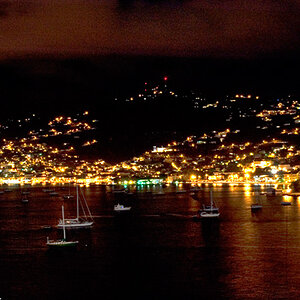
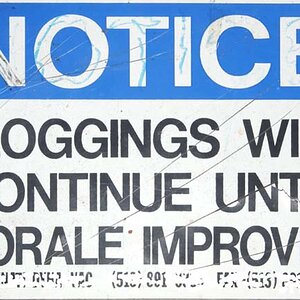

![[No title]](/data/xfmg/thumbnail/31/31977-2b717e032201241cbeae8226af23eba4.jpg?1619735136)

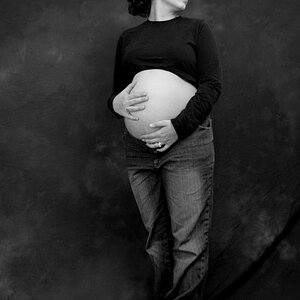
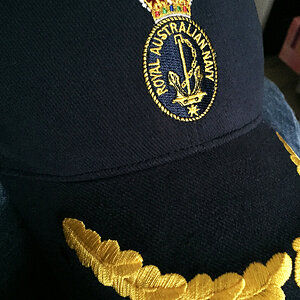
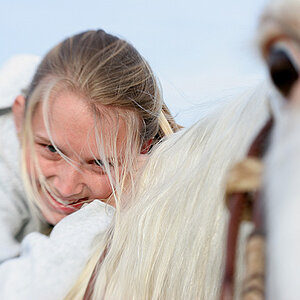
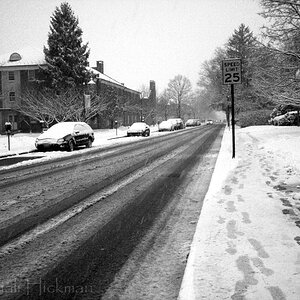

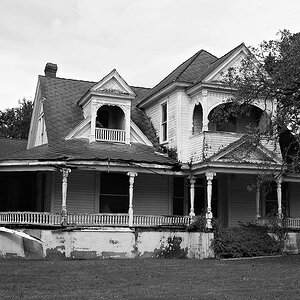
![[No title]](/data/xfmg/thumbnail/34/34070-2a43e701f983f62ada1c66a54d00be4e.jpg?1619736266)